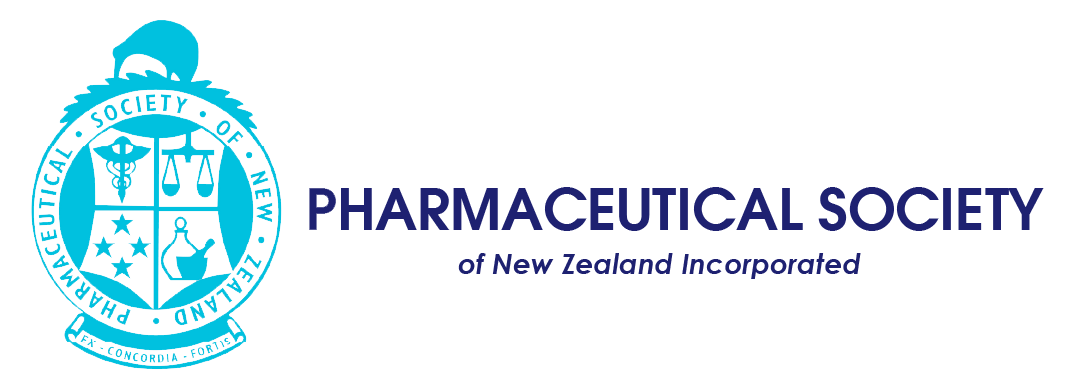Eye Care
- $60.00 incl. GST for PSNZ members
- $180.00 incl. GST for non-members
About the product
About this learning module;
This learning consists of a 2-hour webinar (recorded in February 2022), supplementary readings, formal assessment and a reflective template to help you use this education to improve everyday practice.
This learning activity has been accredited by PSNZ Education (Professional Development and Training) for 3 hours of professional learning and is suitable for inclusion in a pharmacist’s records for Continuing Professional Development (CPD) purposes.
This learning can be used for your annual recertification requirements -
Presented By:
Dr Alyssa Lie PhD, BOptom (Hons) TPA (Lecturer and Research Fellow - University of Auckland)
Alyssa is a therapeutically endorsed optometrist, having completed her Bachelors degree in Optometry with Honours at the University of Auckland in 2015. She worked as a general optometrist in a busy private practice in Northland and spent time at State University of New York's Optometry college as a visiting doctor. After practising for 2 years in community optometry, Alyssa returned to the University of Auckland in 2017 to pursue a PhD in Optometry under the supervision of Dr Ehsan Vaghefi and Professor Paul Donaldson. Following the completion of her doctoral studies in 2021, Alyssa currently holds joint appointments as a lecturer at the School of Optometry and Vision Science and as a postdoctoral research fellow with the Molecular Vision Research Cluster at the Department of Physiology. She also continues to practise as an optometrist at a private ophthalmology clinic.
Upon completion of the course, participants should be able to:
- Recognise the signs and symptoms of dry eye syndrome
- Describe the two major causes of dry eye syndrome
- Apply information about active ingredient, viscosity, preservatives and contact lens compatibility in the recommendation of ocular lubricants
- Describe the two types of blepharitis, and their relationship with styes
- Explain the therapeutic management plan for blepharitis and styes
- Differentiate between allergic, viral and bacterial conjunctivitis based on signs and symptoms
- Compare and contrast anti-allergy eye drops based on therapeutic mechanism so as to determine the most effective treatment option
- Describe the different approaches to treating infectious conjunctivitis and evaluate their relative strengths and weaknesses
- List the various measures one can take to minimise transmission of viral conjunctivitis
- Recognise the signs and symptoms of a subconjunctival haemorrhage
- Explain the management of a subconjunctival haemorrhage
- Identify red flag ocular signs and symptoms that warrant a referral to an eye specialist
- Apply knowledge of the mechanism of ocular decongestants when giving patient advice about ocular redness relief

